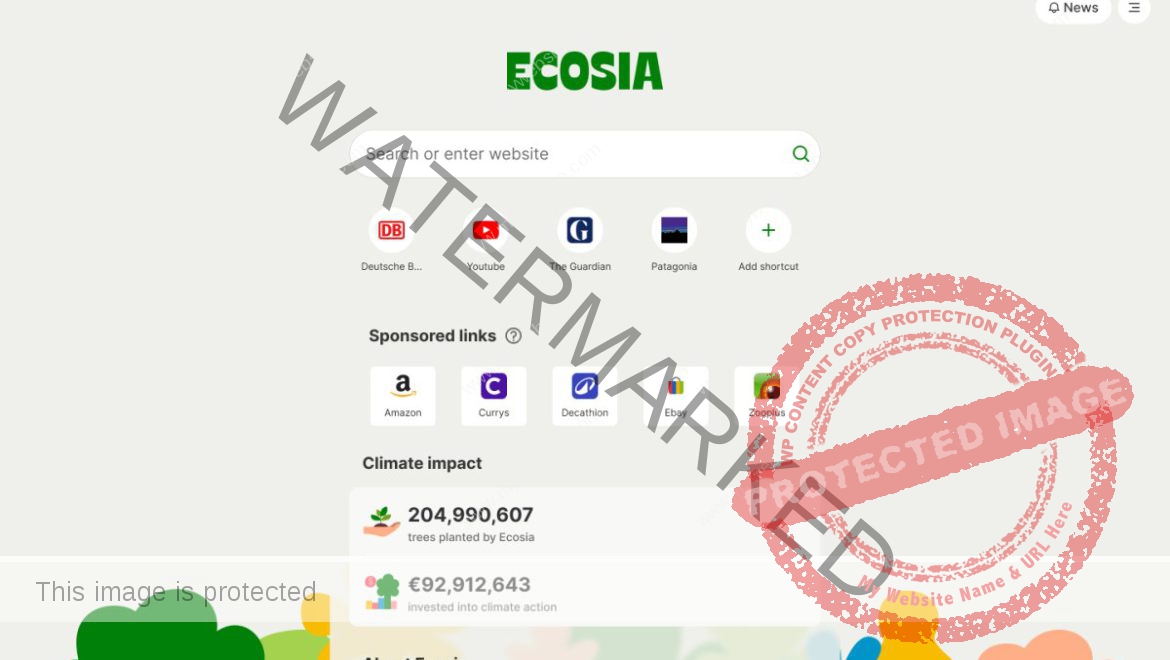Google.org, Google’s charitable wing, is launching a new program to help fund nonprofits developing tech that leverages generative AI.
Called Google.org Accelerator: Generative AI, the program is to be funded by $20 million in grants and include 21 nonprofits to start, including Quill.org, a company creating AI-powered tools for student writing feedback, and World Bank, which is building a generative AI app to make development research more accessible.
In addition to funding, nonprofits in the six-month accelerator program will get access to technical training, workshops, mentors and guidance from an “AI coach.” And, through Google.org’s fellowship program, teams of Google employees will work with three of the nonprofits — Tarjimly, Benefits Data Trust and mRelief — full-time for up to six months to help launch their proposed generative AI tools.
Tarjimly aims to use AI to translate languages for refugees, while Benefits Data Trust is tapping AI to create assistants that support caseworkers in helping low-income applicants enroll in public benefits. mRelief, meanwhile, is designing a tool to streamline the U.S. SNAP benefits application process.
“Generative AI can help social impact teams be more productive, creative and effective in serving their communities,” Annie Lewin, director of global advocacy at Google.org, said in a blog post. “Google.org funding recipients report that AI helps them achieve their goals in one third of the time at nearly half the cost.”
According to a PwrdBy survey, 73% of nonprofits believe AI innovation aligns with their missions and 75% believe AI makes their lives easier, particularly in areas like donor categorization, routine back-office tasks and “mission-driven” initiatives. But there remain significant barriers for nonprofits looking to build their own AI solutions or adopt third-party products — chiefly cost, resources and time.
In the blog post, Lewin cites a Google.org survey that similarly found that, while four in five nonprofits think generative AI may be applicable to their work, nearly half currently aren’t using the tech as a result of a range of internal and external roadblocks. “[These nonprofits] cite a lack of tools, awareness, training and funding as the biggest barriers to adoption,” she said.
Encouragingly, the number of nonprofit AI-focused startups is beginning to tick up.
Nonprofit accelerator Fast Forward said that this year, more than a third of applicants for its latest class were AI companies. And Crunchbase reports that, more broadly, dozens of nonprofit organizations across the globe are dedicating work around ethical approaches to AI, like AI ethics lab AlgorithmWatch, virtual reading clinic JoyEducation and conservation advocacy group Earth05.

















